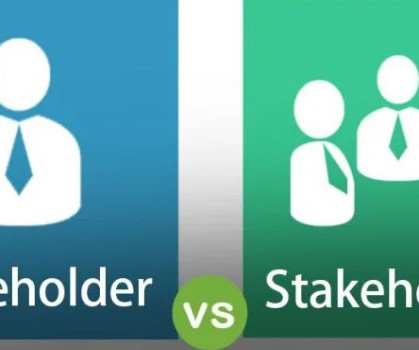Cooley’s 2024 Life Sciences M&A Year in Review: M&A Slims Down in 2024, but Will Appetites Grow in 2025?
Cooley M&A
JANUARY 22, 2025
While global M&A deal value across sectors remained relatively flat overall , pharmaceuticals and life sciences M&A in 2024 dipped relative to the prior year. Indeed, the largest US biotech exit in 2024 was Vertex Pharmaceuticals $4.9 Total deal value is where the market really shed its weight down a remarkable 33.7%













Let's personalize your content